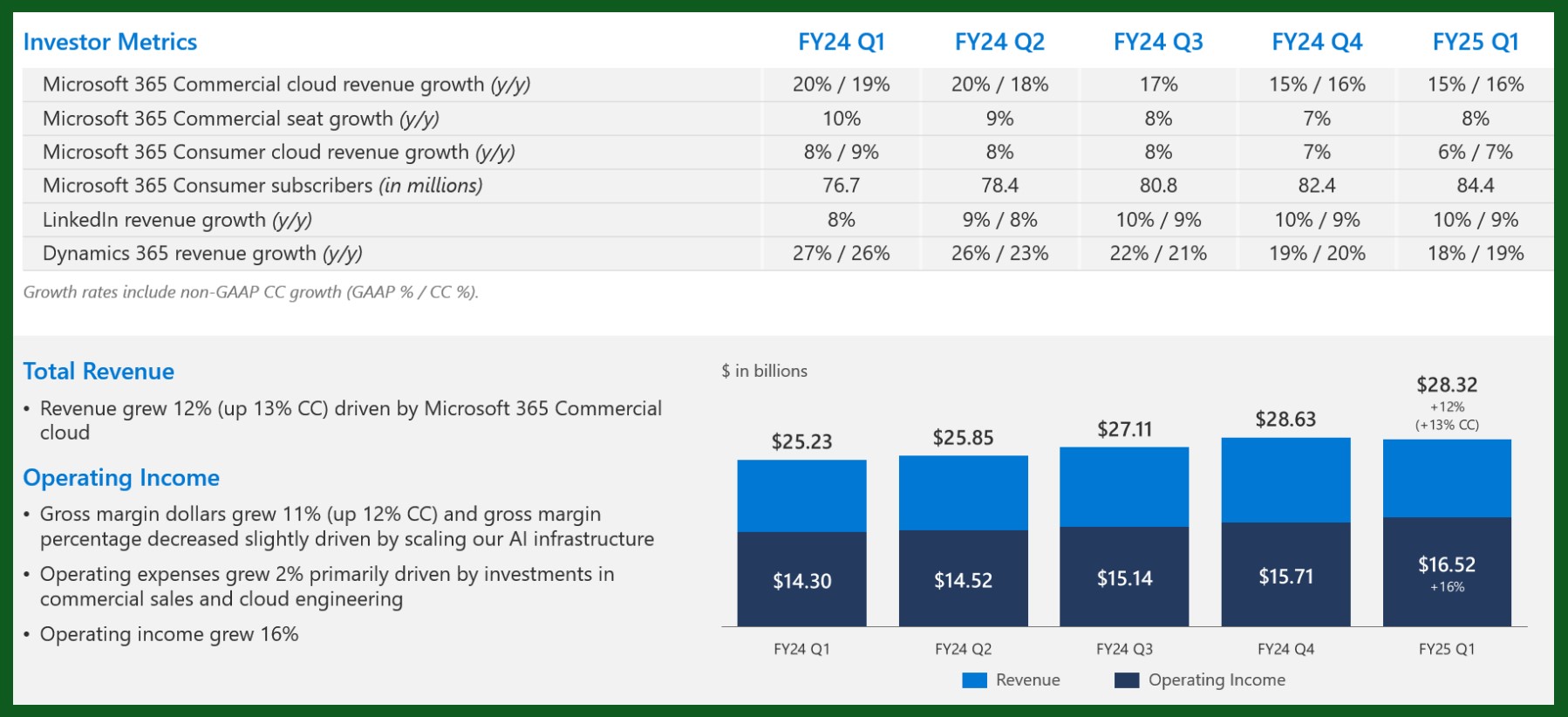Microsoft Corporation, founded by Bill Gates and Paul Allen in 1975, has evolved into one of the most influential technology companies globally. Headquartered in Redmond, Washington, Microsoft has a diverse portfolio that includes software, hardware, and services. Its flagship products, such as the Windows operating system, Microsoft Office suite, and Azure cloud services, have revolutionized personal computing and business operations worldwide. Under the leadership of CEO Satya Nadella, Microsoft has embraced cloud computing and artificial intelligence, driving innovation and maintaining its competitive edge in the tech industry.
Microsoft’s commitment to sustainability and corporate social responsibility is evident in its ambitious goals, such as achieving carbon negativity by 2030. Through strategic acquisitions and continuous investment in research and development, the company continues to expand its reach and influence across various sectors, including consumer electronics, enterprise solutions, and gaming.
Microsoft Fiscal Q1 2025
Microsoft (MSFT) reported robust financial results for Q1 2025, highlighting its continued growth and market leadership. The company achieved $65.6 billion in revenue, a 16% year-over-year increase. This impressive growth was driven by strong performance across all major segments:
- Productivity and Business Processes: Revenue of $28.3 billion, up 12% year-over-year.
- Intelligent Cloud: Revenue of $24.1 billion, up 20% year-over-year.
- More Personal Computing: Revenue of $13.2 billion, up 17% year-over-year.
Operational Highlights
Microsoft’s gross margin reached $45.5 billion, reflecting a 13% increase compared to the previous year. The operating income grew by 14% to $30.6 billion, with an operating margin of 47%. Net income for Q1 2025 was $24.7 billion, up 11%, while diluted earnings per share (EPS) increased by 10% to $3.30. The company’s cash flow from operations was strong, contributing to its solid financial position.
Key Segment Performance
- Azure and Cloud Services: Azure and other cloud services saw a remarkable 33% revenue growth, driven by increased demand for cloud computing and AI solutions. This segment continues to be a significant growth driver for Microsoft.
- Productivity and Business Processes: This segment includes Microsoft Office, LinkedIn, and Dynamics. The 12% revenue growth was fueled by higher adoption of Office 365 and LinkedIn’s strong performance.
- More Personal Computing: This segment encompasses Windows, Surface devices, and gaming. The 17% revenue growth was supported by strong demand for Windows commercial products and Surface devices.
Future Outlook and Guidance
Microsoft’s strong performance in Q1 2025 sets a positive tone for the remainder of the fiscal year. The company is focused on leveraging its AI and cloud capabilities to drive further growth. Looking ahead, Microsoft expects continued robust demand for its cloud services and productivity solutions. The company plans to invest in expanding its infrastructure and enhancing its product offerings to maintain its competitive edge.
Boards Statements
Satya Nadella, CEO: “AI-driven transformation is changing work, work artifacts, and workflow across every role, function, and business process. We are expanding our opportunity and winning new customers as we help them apply our AI platforms and tools to drive new growth and operating leverage.”
Amy Hood, CFO: “We are pleased with our strong financial performance this quarter, driven by significant growth in our cloud services and AI capabilities. Our continued investment in these areas positions us well for future growth.”
These statements highlight the company’s focus on AI and cloud services as key drivers of their growth and success.
Impact on the Stock Market
Following the earnings report, Microsoft’s stock experienced a positive reaction from investors, reflecting confidence in the company’s growth prospects and strategic direction. The strong financial results and optimistic future outlook have solidified Microsoft’s position as a market leader in the technology sector.















